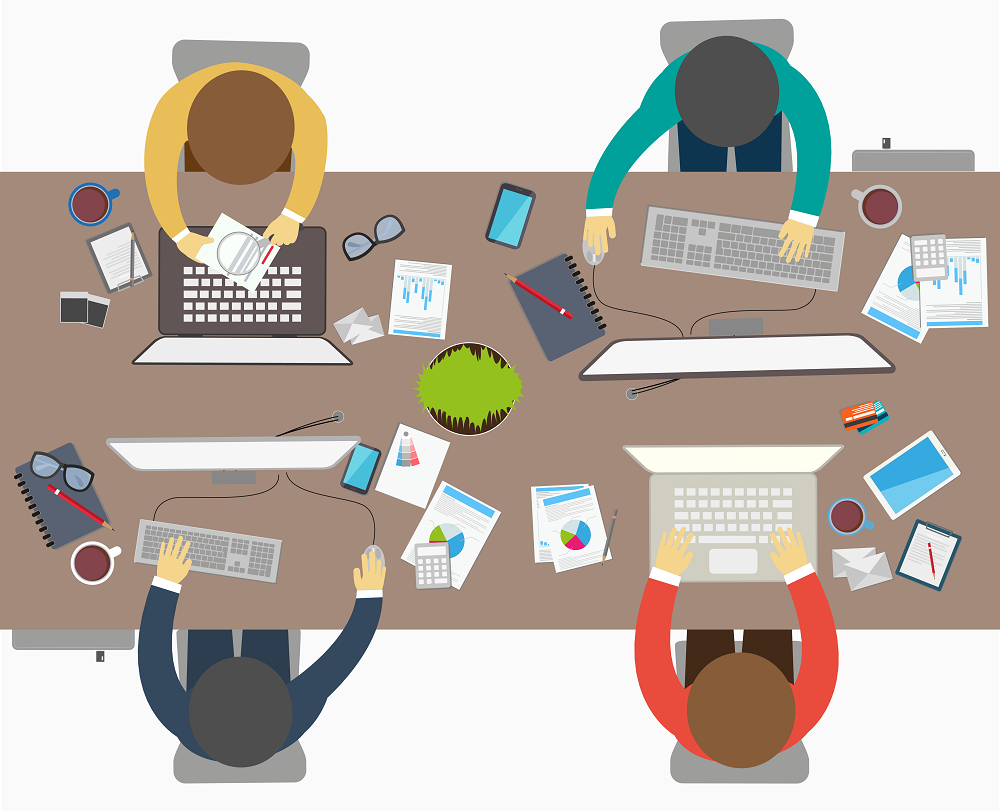Have you ever been part of a brainstorming session? If so, you know that it tends not to involve an equal input from each participant. In fact, depending on the size of the group, in my experience, only 40-50% of the participants in a group brainstorming session are actively participating. Does this mean that those who don’t participate have nothing to contribute? Although, that may be the perception, it is not always the case.
People have different personalities and these personalities play a factor on how they may react during a group session. An extroverted personality may feel extremely comfortable participating while an introvert may not. It is not a question of who has more to say, but who is more comfortable saying it in certain environments. As a leader, it is your responsibility to try to create an environment that plays to both the introvert and the extrovert.
According to Susan Cain’s widely popular book, “Quiet: The Power of Introverts in a World That Can’t Stop Talking”, Psychologists usually offer three explanations for the failure of group brainstorming.
Social Loafing: In a group, some individuals tend to sit back and let others do the work.
Production Blocking: Only one person can talk or produce an idea at once, while the other group members are forced to sit passively.
Evaluation Apprehension: The fear of looking stupid in front of one’s peers.
In sports, a team is filled with players that have a variety of talents. In football, the best running back does not make the best linebacker. There are a variety of different skills needed to make a winning team. It is the coach’s responsibility to place the right person in the right position. In business, the leader has the same responsibility.
If you find yourself in a situation where you feel that you would benefit from a collective group of ideas, here are some suggestions on how you can create a cooperative environment for all members. Next time you want to plan a brainstorming session, follow the following 4 steps.
4 Steps to Lead an Effective Brainstorming Session:
Clarify The Problem That Needs to be Solved
Before even starting the brainstorming session, ensure that each member of the group understands the details of the problem including any resources that would need to be used.
Allow Members Time to Work Individually on the Problem
By giving members time to work on the problem individually, you are overcoming two obstacles. First, you allow members time for creative thinking in their own environment. If there are 10 people in a group, there are 10 people actively working on the problem, without being influenced by another’s input. Often in a group session, comments from one member might influence the decision-making process of other members. Second, members can jot down solutions without fear of how they look to their peers.
Now Have Members Work Together as a Group
Once you gave participants the chance to work individually, have them share their solutions in a group. Some people need more time to process their thoughts and are more analytical in nature. Forcing people to join a brainstorming session without doing the homework can seem daunting for some people. If they have had time to work out solutions themselves, they might be more willing to share in a group.
Ensure Everyone Has Had a Chance to Participate
As group leader, guide the discussion and give everyone the chance to share their thoughts and solutions. Once everyone has shared their ideas as a group, you can build on from there.
The idea is to create an environment that will tap on the creativity of everyone involved. What techniques work for you either as a team leader or team member of a brainstorming session?

